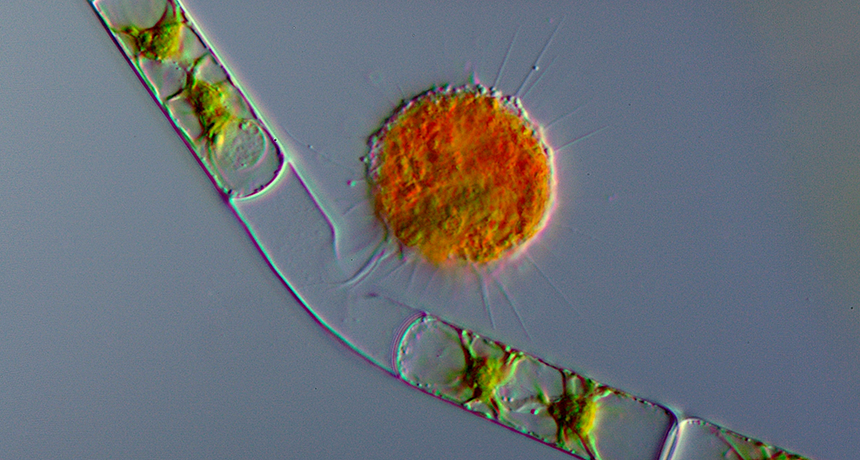Questions for ‘Amoebas are crafty, shape-shifting engineers’

An amoeba (in orange) named Vampyrella lateritia finishes eating the contents of an algal cell (green). Though often overlooked, amoebas have an amazing range of unusual behaviors.
Sebastian Hess